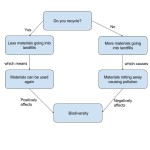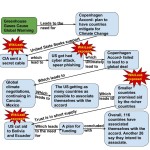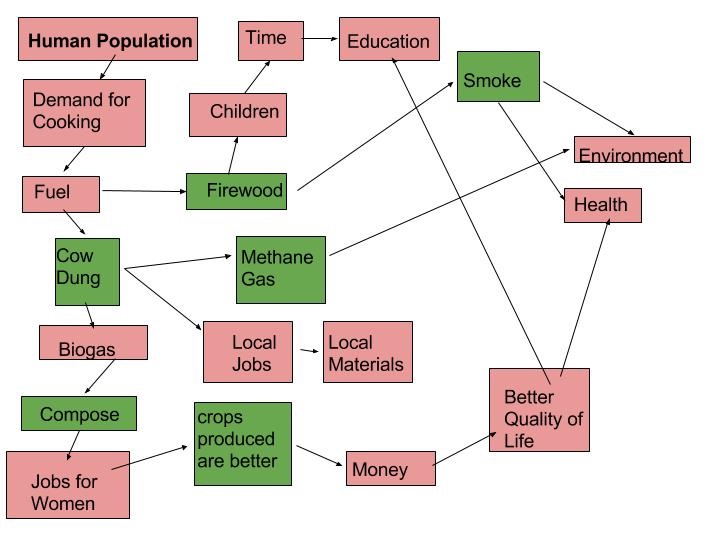Part 1: The Critical Ecosystem Partnership Fund (CEPF) is active in protecting nature’s hotspots for people and prosperity. Use The map on CEPF website found here: http://www.cepf.net/resources/maps/Pages/default.aspx to locate a hotspot. In 100-150 words, explain what hotspot you choose, and what you learned. Also, state if the hotspot has CEPF actively in the hotspot.
Part 2: In 150- 200 words, explain 2 activities that you do that influences biodiversity, (one positive and one negative) and explain how the activity influences biodiversity.
Part 3: Create a system diagram that shows how an activity can positively and negatively influence biodiversity.
- I choose the Mediterranean Basin hotspot. The hotspot is located around the Mediterranean Sea. The Critical Ecosystem Partnership Fund (CEPF) is actively in the Mediterranean Basin hotspot. The first thing I learned that The Mediterranean Basin biodiversity hotspot is the second largest hotspot in the world and the largest of the world’s five Mediterranean-climate regions. Also, it is one of the world’s richest hotspots in terms of plant diversity. The Mediterranean is a tourist destination. The tourism industry is affecting the animals and plants. The CEPF has many priorities and strategies to protect the Mediterranean Sea hotspot. One of the main priorities improve the conservation and protection status of the hotspot. Another, priority is to raise awareness of the importance of priority key biodiversity areas, including those that have irreplaceable plant and marine biodiversity.
- Many of my daily activities influences biodiversity around my town. One positive active I do daily is I religiously recycle. Recycling make less unneeded garbage go to landfills. Landfills emit gas as the garbage rots and pollutions the environment. The pollution leads to diminishing biodiversity. Furthermore, recycling makes sure plastics and other harmful chemicals do not end up in rivers or oceans. If a bottle is recycled than it can be used again in some way. The negative activity I do daily is burn fire wood for heat. At my family’s camp up in northern pa, the only way to heat the house is with a wood burner stove. The wood burner stove is only need in the winter, or on very cold summer nights. Although cutting wood to heat one house does not seem like it would make a large impact, but it is noticeable where my Grandpa always cuts trees down. Over 50 year of cutting tree near the same spot, the spot is notable from far away. This is influencing the biodiversity around the camp. However, my family noticed how cutting down trees were impacting the soil. It was starting to wash down the hill side. In recent years, we as a family have started to plant new trees each year to replace the ones that were cut down for wood. The activity is a negative influence on the biodiversity in the beginning.




